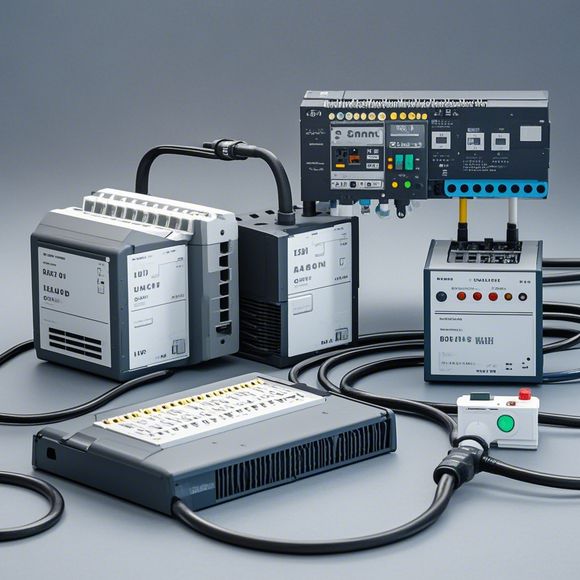Understanding and Operating PID Controllers: The Key to Control in Automation
PID controllers, or Proportional, Integral and Derivative controllers, are essential tools in automation systems. They're designed to maintain a stable performance level by reacting to changes in the system. Understanding how to use PID controllers correctly is key to ensuring your automation systems run smoothly, whether they're controlling temperature, pressure, or other variables.To operate PID controllers effectively, you'll need to understand how each component of the controller works. The proportional part adjusts the amount of output based on how much input has changed. This can help quickly bring about a change when needed. The integral part calculates the sum of the past errors and adjusts the output accordingly. This can help smooth out fluctuations over time. Finally, the derivative part looks at how fast the system is responding and adjusts it accordingly. This can help prevent the system from oscillating uncontrollably.By mastering these principles, you can ensure that your automation systems are running efficiently and reliably, no matter what challenges come your way.
Introduction:
Hello everyone, today we'll be discussing a crucial aspect of industrial automation – the operation of PID controllers, also known as Proportional-Integral-Derivative controllers. These are some of the most widely used controllers in various industries due to their ability to regulate systems with high levels of precision and stability. So, let's dive into this fascinating topic.

Firstly, it's essential to understand what PID controllers do. They work by continuously monitoring the current state of a system and adjusting its settings to achieve an optimal balance between performance and stability. This is achieved through three main components: Proportional (P), Integral (I), and Derivative (D).
Proportional (P): This component calculates the error between the desired output and the actual output. If there is any discrepancy, the proportional term will increase the control signal, causing the output to shift towards a more accurate set point. This helps ensure that the system stays within its desired range as changes occur.
Integral (I): The integral part of the PID controller measures the total error over time. It takes into account not just the instantaneous error but also the cumulative effect of previous errors. This can help the controller anticipate future changes and make more informed decisions about when to adjust the control signal.
Derivative (D): The derivative term provides information on how quickly the system is changing. It's essentially like watching for small bumps on the road - if there's an increase in speed, it means something is happening fast, so the controller might want to adjust its response sooner rather than later.
Now, let's talk about the importance of having a proper understanding of PID controllers in automation. Without these controllers, many industrial processes would struggle to maintain their desired output levels. Whether you're dealing with temperature control in a factory or adjusting the speed of machinery for manufacturing purposes, PID controllers are key to achieving reliable results consistently.

In addition to their technical significance, PID controllers also have a significant impact on the overall productivity of an organization. By automating tasks and ensuring consistent performance, they can reduce human error, save resources, and ultimately increase profits.
So, what does all this mean for you as an industrial automation professional? Well, it means that you need to have a solid grasp of PID controllers and their applications across different industries. You should also stay up-to-date with the latest advancements in technology and be prepared to incorporate them into your workflow wherever possible.
As we wrap up today's discussion, I want to stress the importance of investing time and effort into learning about PID controllers. While they may seem like simple pieces of hardware, they play a critical role in shaping the efficiency and reliability of our industrial world. So, don't be afraid to dive deep into this topic and discover how you can use them to drive success in your own operations. Thank you for joining me on this journey, and I look forward to seeing you again soon.
Content expansion reading:
Articles related to the knowledge points of this article:
The cost of a PLC Controller: A Comprehensive Analysis
PLC Programming for Automation Control in the Manufacturing Industry
How to Use a PLC Controller for Your Business
Plumbers Rule! The Role of PLC Controllers in the World of Waterworks
PLC Controllers: A Comprehensive Guide to Understanding Their Prices